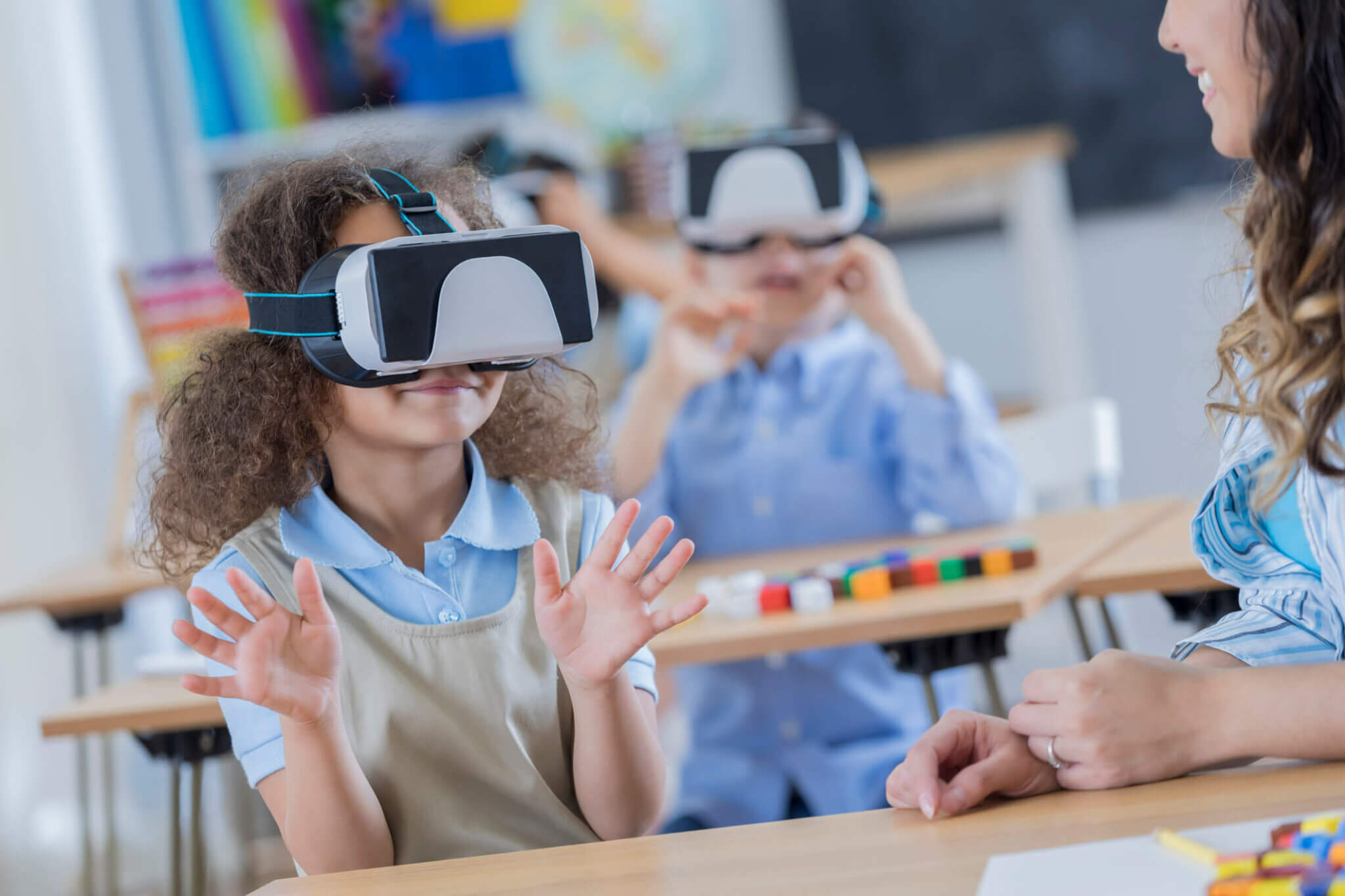
In today's rapidly evolving digital landscape, technology has become an integral part of the educational experience. Many teachers are increasingly incorporating innovative tools and strategies into their classrooms to enhance learning outcomes and engage students effectively. Exploring the top technology trends that are transforming K-12 education can help you consider which tools and platforms might help you create more dynamic and interactive learning environments this year.
Artificial Intelligence Tools
Artificial intelligence (AI) is the new frontier for society today and is rapidly making headway into all facets of life. Educators have a unique opportunity to find ways to harness AI to make a positive difference in how learning happens in the classroom while at the same time facing new challenges. Intelligent tutoring systems, student performance data analysis, and personalized feedback are just some of the potential ways that AI can be used in the classroom.
In addition, the Office of Educational Technology points out that AI can help better serve special-needs students through things like speech recognition capabilities that can support those with disabilities or those who learn English as a second language. AI has the potential to help boost writing and research skills for students as well as assist teachers in finding, sorting, and adapting various sources for lesson plans.
At the same time, AI presents additional risks. Beyond making it more difficult to detect student cheating, educators may need to deal with data privacy and security issues or biased and inappropriate results and conclusions.
Gamification
Gamification involves incorporating game elements into the learning process to enhance engagement and motivation. Teachers can use educational games and platforms to make learning enjoyable while reinforcing key concepts. Gamified elements, such as point systems and rewards, encourage healthy competition and active participation.
Research published in Science Direct “verified the positive impact of gamification in programming education. Gamification has the largest effect on students' motivation, followed by academic achievement, whereas it has the least effect on students' cognitive load.”
In today’s connected world, just about everything is already gamified, leading to an expectation that education should be no different. For more details on gamification, see our article The Benefits of Gamification in K12 Education.
Augmented Reality (AR) and Virtual Reality (VR)
AR and VR technologies are making their way into K-12 classrooms, offering immersive experiences that enhance understanding and retention. As costs for these technologies become more affordable, it’s likely that districts will consider investing in these tools that will facilitate learning. Teachers can use AR and VR to take students on virtual field trips, explore historical events, or conduct virtual science experiments, bringing subjects to life in a way that traditional methods cannot match. Many businesses such as ClassVR sell virtual and augmented reality equipment as well as provide information on how to secure grants and funding to pay for such technology. ISTE blogger Jennifer Snelling provides ideas on how to access this technology on common classroom devices.
Adaptive Learning Technologies
Adaptive learning technologies use data-driven insights to tailor educational content to individual students' needs. These tools assess students' strengths and weaknesses, adjusting the curriculum to provide personalized learning experiences. Adaptive learning helps teachers differentiate instruction and support each student's unique learning journey. The Edvocate provides several favorite adaptive learning tools for the classroom including game-based learning, personalized assessment, spaced repetition and more.
Many adaptive software platforms can be used by the students’ themselves. Ideally, each interface and dashboard is uniquely matched to the students’ personal strengths and weaknesses. That said, teachers need to be careful and aware of how such platforms work best as well as how they can be potentially abused by students. Understanding research-based tips can help you optimize these tools in the classroom.
Online Learning Platforms
Online learning platforms have exploded in recent years. While many teachers may be leveraging popular platforms like Google Classroom, Microsoft Teams, or Moodle, there are a wealth of other specialized platforms available today.
Most classroom-based platforms can help teachers deliver lessons more effectively, share resources with students and parents, and provide a centralized hub for communication. Many also offer assessment tools to help facilitate efficient grading and tracking of students' progress.
Conclusion
Throughout 2024, educators will continue embracing these technology trends to create even more dynamic, student-centered classrooms. Integrating these tools not only enhances the learning experience but also equips students with the digital skills necessary for success in an increasingly technology-driven world. By staying informed about these trends and exploring innovative ways to incorporate technology, K-12 educators can inspire a new generation of learners and prepare them for the challenges and opportunities of the future.


